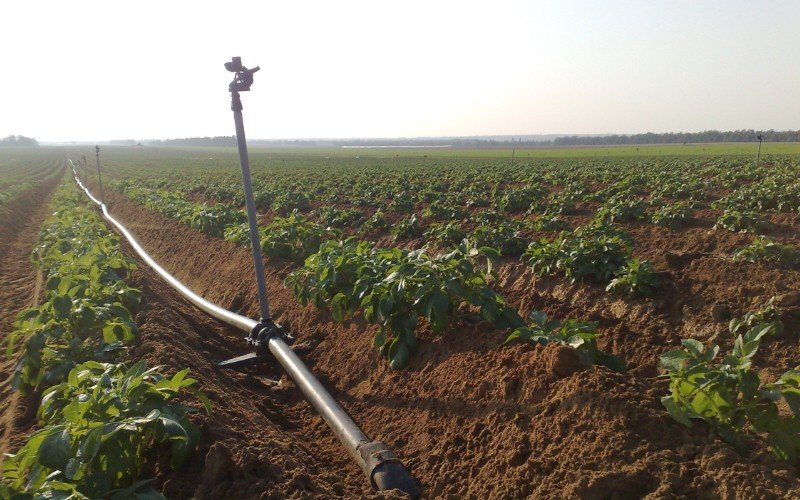
The agricultural irrigation water consumption per mu (a unit of land area commonly used in China, equivalent to 1/15th of a hectare or about 666.7 square meters) can vary depending on various factors. The actual water consumption per mu of land is influenced by factors such as crop type, climate, soil conditions, irrigation methods, and management practices. Here are some general ranges to give you an idea, but please note that these values can vary significantly:
1. Traditional flood irrigation: Traditional flood irrigation methods, where water is applied to the entire field, typically have higher water consumption. This method can range from 8,000 to 12,000 cubic meters per mu per year.
2. Sprinkler irrigation: Sprinkler irrigation methods, including overhead sprinklers or center pivots, can have varying water consumption rates. On average, sprinkler irrigation may range from 4,000 to 8,000 cubic meters per mu per year.

3. Drip irrigation: Drip irrigation, which provides water directly to the plant roots, is considered one of the most water-efficient methods. Drip irrigation can significantly reduce water consumption, and it typically ranges from 2,000 to 6,000 cubic meters per mu per year.
4. Crop-specific variations: Different crops have diverse water requirements. For example, water-intensive crops like rice or certain vegetables may require more water compared to less water-demanding crops like grains or legumes.
It's important to note that these figures are general estimates, and the actual water consumption can vary based on local conditions and management practices. Additionally, sustainable water management practices, such as monitoring soil moisture, using water-efficient irrigation systems, and employing optimized irrigation schedules, can help minimize water consumption and improve efficiency in agricultural irrigation.